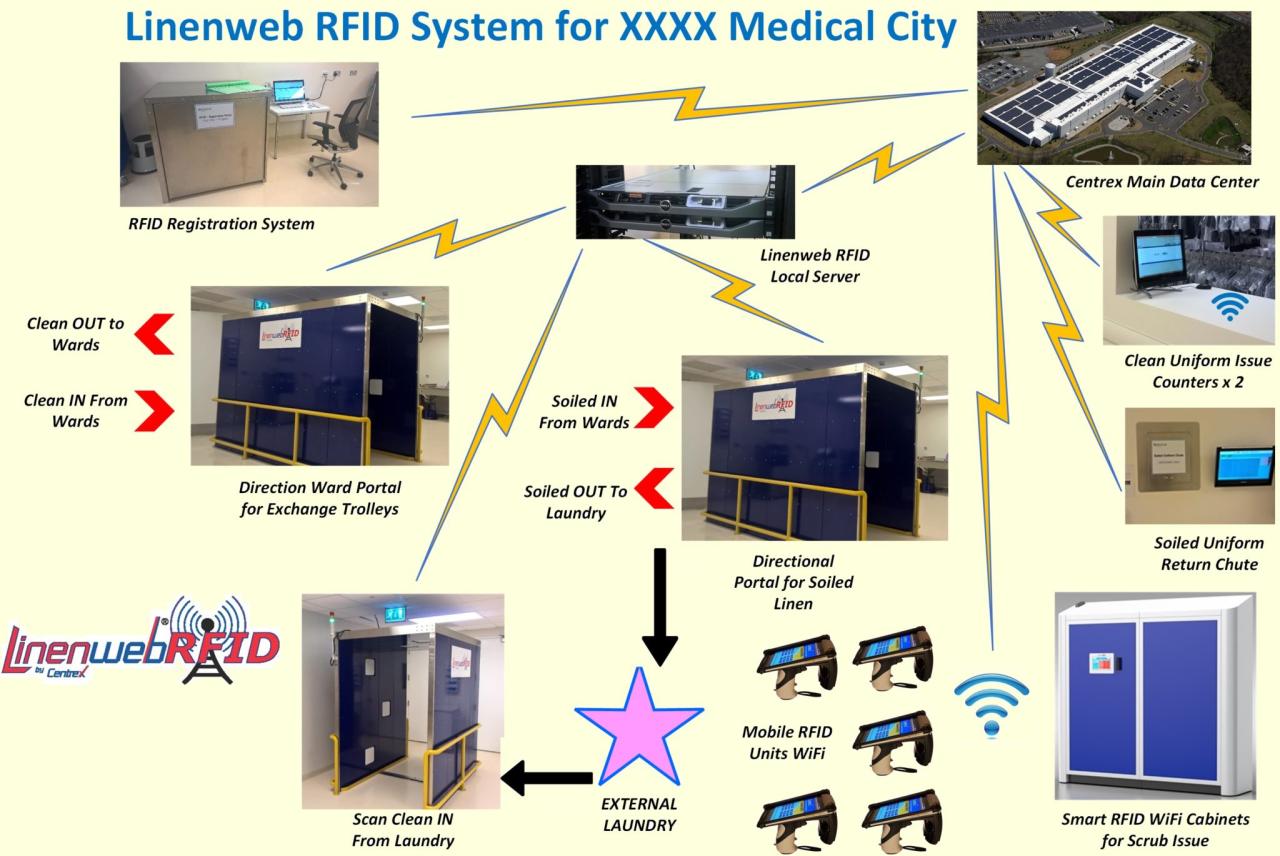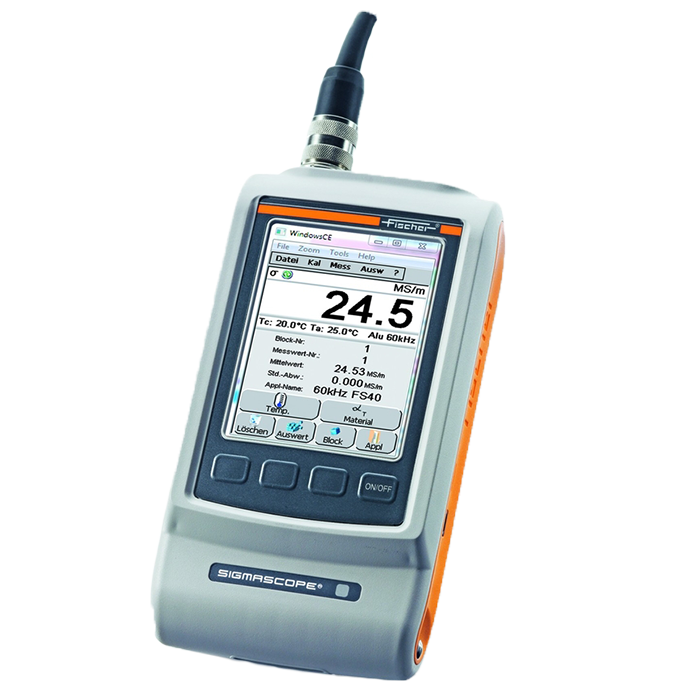OEM Technologies: Shaping Industries Through Partnerships
OEM technologies, or Original Equipment Manufacturer technologies, are the backbone of countless industries, from automobiles to electronics and healthcare. These technologies involve partnering with specialized manufacturers to produce components or […]

OEM technologies, or Original Equipment Manufacturer technologies, are the backbone of countless industries, from automobiles to electronics and healthcare. These technologies involve partnering with specialized manufacturers to produce components or sub-assemblies that are integrated into a final product. This approach allows companies to focus on their core competencies while leveraging the expertise of other businesses, resulting in efficient production and innovation.
The benefits of OEM technologies are undeniable. They offer access to advanced technologies and specialized manufacturing capabilities, reducing development costs and time to market. However, challenges exist, including intellectual property protection, quality control, and navigating complex supply chains.
Understanding OEM Technologies
OEM (Original Equipment Manufacturer) technologies are components, parts, or software integrated into a final product by another company, often the one selling the finished product. They are crucial for many industries, playing a significant role in streamlining manufacturing processes and reducing development costs.
The Role of OEM Technologies in Various Industries
OEM technologies are widely used across different industries, impacting product development, production, and even consumer experiences.
- Automotive Industry: Automakers often rely on OEM parts for components like engines, transmissions, brakes, and electronic systems. This allows them to focus on vehicle design and assembly, while leveraging specialized expertise from OEM suppliers.
- Electronics Industry: In the electronics industry, OEM components are essential for building smartphones, laptops, and other devices. Manufacturers like Samsung, Apple, and Dell rely on OEM suppliers for processors, memory, displays, and other key components.
- Medical Device Industry: Medical device manufacturers often use OEM technologies for critical components like sensors, actuators, and software. This allows them to concentrate on developing innovative medical solutions while relying on specialized OEM expertise for critical components.
Benefits of Using OEM Technologies
OEM technologies offer several advantages to manufacturers, helping them optimize their operations and improve their products.
- Cost Reduction: Outsourcing component production to OEMs can significantly reduce manufacturing costs. This is because OEMs specialize in producing specific components at scale, achieving economies of scale that lower the cost per unit.
- Increased Efficiency: By relying on OEMs, manufacturers can focus on their core competencies, such as design, assembly, and marketing. This allows them to streamline their operations and improve overall efficiency.
- Access to Expertise: OEMs often have specialized expertise and advanced technologies that manufacturers may not have in-house. This allows manufacturers to access cutting-edge technologies and innovations without investing heavily in research and development.
- Faster Time-to-Market: Using pre-made OEM components can significantly shorten the product development cycle. This allows manufacturers to bring new products to market faster, gaining a competitive advantage.
Challenges of Using OEM Technologies
While OEM technologies offer many benefits, manufacturers must also consider potential challenges.
- Quality Control: Ensuring consistent quality across all OEM components is crucial. Manufacturers must establish rigorous quality control procedures to ensure that all components meet their standards.
- Dependency: Relying on OEMs can create dependency, making manufacturers vulnerable to supply chain disruptions. Manufacturers should diversify their suppliers and maintain contingency plans to mitigate this risk.
- Intellectual Property: Protecting intellectual property is critical when working with OEMs. Manufacturers must carefully negotiate contracts and ensure that their intellectual property is adequately protected.
- Communication and Collaboration: Effective communication and collaboration between manufacturers and OEMs are essential for successful product development. This includes clear communication of specifications, timelines, and quality expectations.
Examples of Different Types of OEM Technologies
OEM technologies encompass a wide range of components and systems, depending on the specific industry and product.
- Automotive: Engines, transmissions, brakes, airbags, electronic control units (ECUs), infotainment systems, navigation systems, and advanced driver-assistance systems (ADAS).
- Electronics: Processors, memory chips, displays, touchscreens, batteries, cameras, sensors, and communication modules.
- Medical Devices: Sensors, actuators, pumps, valves, software for medical imaging, diagnostics, and therapeutic devices.
- Aerospace: Aircraft engines, avionics systems, landing gear, hydraulic systems, and composite materials.
OEM Technologies in Different Sectors

Original Equipment Manufacturer (OEM) technologies are crucial across various industries, shaping the design, functionality, and performance of products and services. Their influence extends from the automotive sector to electronics, consumer goods, and healthcare, driving innovation and efficiency.
OEM Technologies in the Automotive Industry
OEM technologies play a pivotal role in the automotive industry, driving advancements in vehicle design, safety, and performance. The adoption of these technologies has significantly impacted the industry, leading to the development of connected cars, autonomous driving systems, and advanced powertrains.
- Connected Cars: OEM technologies enable connectivity features in vehicles, allowing for real-time data sharing, remote diagnostics, and advanced infotainment systems. This connectivity enhances driver experience, safety, and vehicle efficiency.
- Autonomous Driving Systems: OEM technologies are crucial for developing autonomous driving systems, integrating sensors, cameras, and software algorithms to enable vehicles to navigate and make decisions without human intervention. The development of autonomous vehicles is a transformative trend in the automotive industry, promising to revolutionize transportation and safety.
- Advanced Powertrains: OEM technologies facilitate the development of hybrid and electric vehicles, enabling efficient energy management and reduced emissions. These technologies are essential for achieving sustainability goals in the automotive industry and reducing reliance on fossil fuels.
OEM Technologies in Electronics and Consumer Goods
OEM technologies are ubiquitous in the electronics and consumer goods industry, influencing the design, functionality, and performance of a wide range of products. The adoption of these technologies has led to the development of sophisticated electronics, smart devices, and connected appliances.
- Smartphones: OEM technologies are central to the development of smartphones, enabling advanced features such as high-resolution displays, powerful processors, and sophisticated cameras. These technologies have transformed communication, entertainment, and information access, making smartphones indispensable in modern life.
- Wearable Devices: OEM technologies are critical for developing wearable devices, such as smartwatches and fitness trackers, enabling health monitoring, fitness tracking, and communication. These devices have revolutionized personal health management and fitness tracking, empowering individuals to take control of their well-being.
- Smart Home Devices: OEM technologies enable the development of smart home devices, such as smart speakers, smart lighting, and connected appliances, allowing for automated control and remote management. These technologies enhance convenience, energy efficiency, and security in homes.
OEM Technologies in Healthcare and Medical Devices
OEM technologies are playing an increasingly vital role in the healthcare and medical device industry, driving advancements in diagnostics, treatment, and patient care. The adoption of these technologies has led to the development of sophisticated medical devices, personalized medicine, and telemedicine solutions.
- Medical Imaging Devices: OEM technologies are crucial for developing medical imaging devices, such as CT scanners, MRI machines, and ultrasound systems, enabling accurate diagnosis and treatment planning. These technologies provide detailed insights into the human body, aiding in the detection and management of diseases.
- Surgical Robotics: OEM technologies are essential for developing surgical robots, enabling minimally invasive procedures, enhanced precision, and faster recovery times. These technologies are transforming surgery, providing surgeons with advanced tools to perform complex procedures with greater accuracy and efficiency.
- Telemedicine Devices: OEM technologies facilitate the development of telemedicine devices, enabling remote patient monitoring, virtual consultations, and remote diagnostics. These technologies are expanding access to healthcare, particularly in remote areas, and improving patient care by providing timely and convenient access to medical professionals.
Closing Notes: Oem Technologies

The future of OEM technologies is bright, driven by emerging trends like automation, robotics, and Industry 4.0. As technology continues to evolve, OEM partnerships will become increasingly crucial for companies seeking to remain competitive. By embracing these partnerships and leveraging the power of specialized manufacturing, businesses can achieve greater efficiency, innovation, and success in a rapidly changing world.
OEM technologies are often the backbone of many consumer products, allowing manufacturers to focus on their core strengths. A great example of this is the goldenear technology aon 2 , a powerful amplifier that integrates seamlessly into various audio systems.
By leveraging OEM components, GoldenEar Technology can deliver high-quality sound at a competitive price point, showcasing the benefits of strategic partnerships within the technology landscape.






